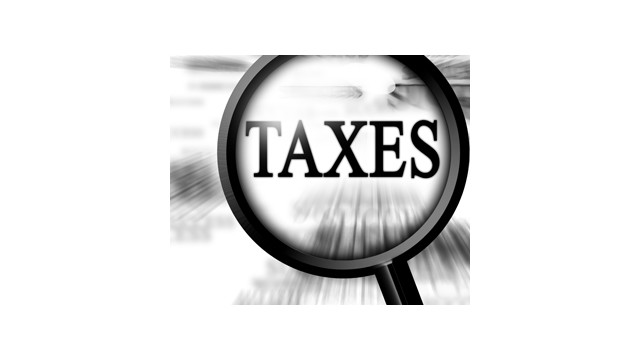Tax Withholding Estimator Includes Tools for Self-Employed and Gig Workers
The estimator is an expanded, mobile-friendly online tool that replaced the Withholding Calculator, which since 2001 had offered workers an online method for checking their withholding. The old calculator lacked features geared to self-employed ...
Sep. 11, 2019

The IRS’ new Tax Withholding Estimator tool includes a feature designed to make it easier for employees who also receive self-employment income to accurately estimate the right amount of tax to have taken out of their pay.
The estimator is an expanded, mobile-friendly online tool that replaced the Withholding Calculator, which since 2001 had offered workers an online method for checking their withholding. The old calculator lacked features geared to self-employed individuals; the new estimator made changes to address this important group.
The new tool offers self-employed individuals, workers, retirees and other taxpayers a more dynamic and user-friendly way to calculate the amount of income tax they want to have withheld from either wages or pension payments. With only a third of the year remaining, the IRS encourages these taxpayers – and others – to use the estimator to take a Paycheck Checkup as soon as possible to make sure they are having the right amount of tax withheld and avoid a surprise when they file next year.
Among other things, the estimator allows a user to enter any self-employment income, including income from side gigs or the sharing economy, in addition to wages or pensions. The user is then alerted that they may qualify for several special tax benefits, including the self-employment health insurance deduction or the deduction for contributions to a Simplified Employee Pension (SEP), Savings Incentive Match Plans for Employees (SIMPLE) or other qualified retirement plan. The estimator automatically calculates the self-employment tax and the self-employment tax deduction and incorporates these into its overall tax liability estimate.
The enhancement for self-employed people is just one of many new features offered by the Tax Withholding Estimator. Others include:
- Plain language throughout to improve taxpayer understanding.
- The ability to target either a tax due amount close to zero or a refund amount.
- A new progress tracker to help a user know how much more information they need to enter.
- The ability to go back and forth through the steps, correct previous entries and skip questions that don’t apply.
- Tips and links to help the user quickly determine if they qualify for various tax credits and deductions.
- Automatic calculation of the taxable portion of any Social Security benefits.
The new estimator also makes it easier to enter wages and withholding for each job held as well as jobs held by a spouse. Users can separately enter pensions and other sources of income. At the end of the process, the tool makes specific withholding recommendations for each job and spouse’s job, including incorporating any self-employment income entered into the estimator.
The estimator then automatically links to the appropriate withholding form. For employees, the link goes to Form W-4, Employee’s Withholding Allowance Certificate (PDF) , which they can then fill out and submit to their employer. Similarly, for pension recipients, the link is to Form W-4P, Withholding Certificate for Pension or Annuity Payments, which is submitted to the pension payor. Remember, don’t send these forms to the IRS.
The new tool can help anyone, including self-employed people, doing tax planning for the last few months of the year. The IRS urges everyone to do a Paycheck Checkup and review their withholding for 2019. This is especially important for anyone who faced an unexpected tax bill or a penalty when they filed earlier this year. It’s also a critical step for those who made withholding adjustments in 2018 or had a major life change, such as marriage, childbirth, adoption or buying a home.
Those most at risk of having too little tax withheld include those who itemized in the past but now take the increased standard deduction, as well as two wage earner households, employees with non-wage sources of income and those with complex tax situations.
Anyone who changes their withholding in the middle or latter part of this year should do another Paycheck Checkup in January of 2020. That will help ensure that they have the right amount of tax withheld, on a full-year basis, for all of 2020.
The IRS sponsors a free two-hour webinar on the Tax Withholding Estimator. The webinar will take place on Thursday, Sept. 19 at 2 p.m. Eastern time. To sign up, visit the webinars page on IRS.gov.
